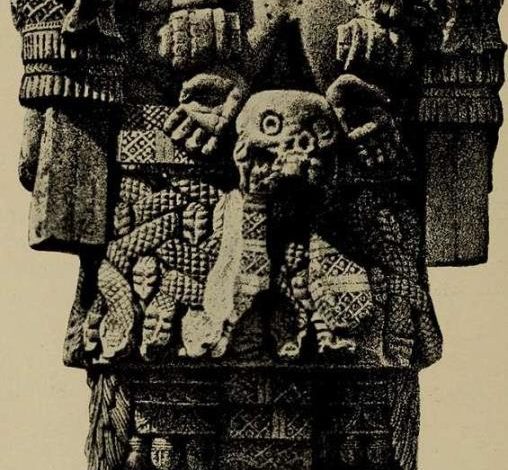Ancient Mysteries: Unraveling Secrets of the Past at Archaeological Sites

Ancient Mysteries: Unraveling Secrets of the Past at Archaeological Sites
Unveiling the Enigma: Investigating Archaeological Sites
Introduction
Archaeological sites have always captivated our imagination with their ancient mysteries. These locations hold the remnants of past civilizations, providing glimpses into their lives and cultures. Traveling back in time, archaeologists meticulously unravel these mysteries and piece together the stories of our ancestors. Let’s delve into the fascinating world of archaeological sites and explore the secrets they hold.
What are Archaeological Sites?
Archaeological sites are physical locations where artifacts, structures, and human remains from ancient civilizations are discovered. These sites offer valuable insights into the customs, traditions, and lifestyles of our ancestors. They can range from ancient burial grounds and ruined cities to caves and underwater habitats.
Why are Archaeological Sites Important?
Archaeological sites play a crucial role in understanding our past. They shed light on historical events, technological advancements, and cultural practices. By excavating and studying these sites, archaeologists can uncover evidence that helps validate or challenge existing historical theories. Moreover, these sites contribute to preserving our collective heritage and serve as a vital educational resource.
Exploring Ancient Mysteries: Unraveling Secrets
1. The Great Pyramids of Giza
The Great Pyramids of Giza in Egypt have puzzled experts for centuries. How were these colossal structures built with such precision? What was their purpose? Archaeologists continue to debate these questions, exploring hidden chambers and deciphering hieroglyphic inscriptions to unravel the mysteries surrounding these ancient wonders.
2. Stonehenge
Stonehenge, located in Wiltshire, England, is a prehistoric monument that has left archaeologists intrigued. The purpose of its construction and the means by which ancient people transported and erected the massive stones remain subjects of intense study and speculation. As research progresses, new theories emerge, shedding light on the purpose and significance of this enigmatic site.
Frequently Asked Questions
Q: How do archaeologists determine the age of artifacts?
Archaeologists use various techniques to determine the age of artifacts found at archaeological sites. These methods include carbon dating, thermoluminescence, dendrochronology, and electron spin resonance. By analyzing the materials and dating techniques, scientists can piece together a timeline of ancient civilizations.
Q: Can anyone visit archaeological sites?
Many archaeological sites are open to the public, allowing visitors to experience firsthand the wonders of our past. However, it is important to respect these sites by following rules and regulations. Some sites may require advanced bookings or guided tours to preserve their integrity and ensure visitor safety. Be sure to check with local authorities or archaeological organizations before planning a visit.
Q: Are artifacts found at archaeological sites always valuable?
While artifacts found at archaeological sites hold immense historical and cultural value, not all are necessarily monetarily valuable. The significance lies in the story they tell about past civilizations and their contributions to our understanding of history. Some artifacts may be displayed in museums or utilized for research purposes, but their value extends far beyond monetary worth.
Conclusion
Archaeological sites have an aura of mystery and intrigue, holding secrets of the past waiting to be uncovered. By supporting and participating in archaeological research, we can uncover the missing pieces of our history and appreciate the fascinating tales of our ancestors. So pack your curiosity and embark on a journey through time at these archaeological sites, ready to unravel the enigmatic secrets they hold.



